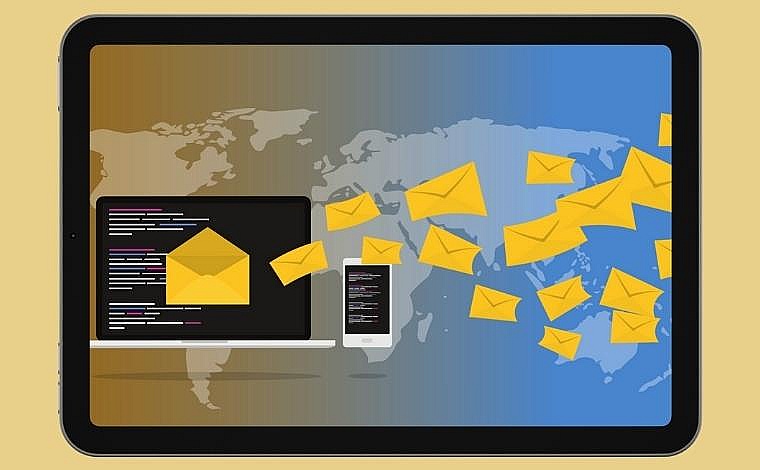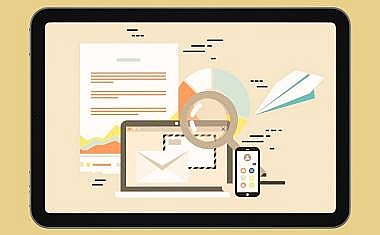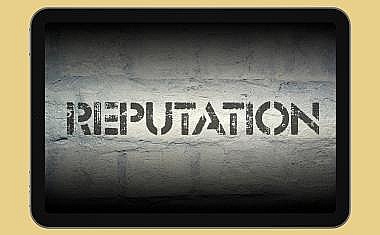
Less Spam: Google & Yahoo Enforce Email Marketing Standards
In February 2024, Google and Yahoo implemented email marketing standards to combat spam and enhance inbox security. Bulk senders must now authenticate their domain, enable easy unsubscription, and adhere to a spam threshold.
Every day, over 150 billion spam emails flood inboxes, alongside a comparable number of legitimate messages. This poses a concern for email providers, especially with the surge in spoofing, in which scammers masquerade as trusted entities. Industry leaders Google and Yahoo have taken proactive steps to safeguard their users’ inboxes from the onslaught of spam and fraudulent emails that contain malware or ransomware.
Although the protocol primarily applies to bulk email senders who send over 5,000 emails daily, you should adhere to these standards, irrespective of your list size or send volume. Meeting these new standards will future-proof your email strategy, maintain (or improve) your deliverability, and build trust with your audience and email provider.
The new requirements center on domain-based authentication, streamlined unsubscription processes, and spam rate regulation:
Recommended article

Author Platform: How To Set Up Your Email Marketing
Author newsletters are important, but they take time and effort to make. When authorpreneurs are setting things up, they need a clear call to action and to stay on-brand.
Authenticate your domain
To comply with the new protocol, all communications to subscribers (newsletters, automated messages, etc.) must now originate from an authenticated domain email address. So, stop using free email services for bulk emails! Instead, opt for dedicated email marketing services such as Mailchimp, MailerLite, ActiveCampaign, Constant Contact, and Kit (former ConvertKit) for better results.
Don't let the term “domain authentication” intimidate you. It’s really easy to understand, even if you're not tech-savvy. Your EMS likely provides helpful resources, such as articles or videos, to guide you through the process. If not, think about whether they’re right for you.
SPF, DKIM, and DMARC are industry standards that work together to verify your domain:
- The Sender Policy Framework (SPF) stops email spoofing by verifying that emails come from approved sources.
- DomainKeys Identified Mail (DKIM) adds a digital signature to each email to confirm its legitimacy and integrity throughout its journey.
- Domain-based Message Authentication, Reporting, and Conformance (DMARC) lets you specify how to handle emails that fail authentication checks.
Enable easy unsubscription
Currently, most people unsubscribe via mailto and HTTP/URL links:
- With the mailto method, you set up an email address for unsubscribe requests.
- The HTTP/URL method uses a link (usually in the footer) that directs recipients to a landing page to confirm their request. Some authors ask why you’re unsubscribing, but it’s usually optional.
The updated standard requires a clear, easily accessible unsubscribe link in all email bodies. To meet email rules, you need an easy unsubscribe button in your emails (RFC 8058 compliant).
Reliable email marketing services have the list-unsubscribe header automatically enabled. For example, MailerLite states that within their “emails, the one-click list-unsubscribe mechanism is included by default and requires no further configuration”. Still, you should verify that with your EMS.
If you've set up a one-click header, it's fine if the footer's unsubscribe link needs two clicks. A visible unsubscribe link in the footer assures recipients they can easily opt out of future communications.
Furthermore, you must process the request to unsubscribe within two days. Until now, US and Canadian law required that mailing lists remove contacts within 10 days of a request (CAN-SPAM Act). Conversely, in the EU and UK, this timeframe extends to 30 days (GDPR). I recommend you immediately and automatically cancel the subscription.
Keep spam rates low
The new standards require you to focus on your anti-spam strategy. Keep your spam rate under 0.3 percent, according to Google Postmaster Tools and Yahoo.
You can get spam complaints even if you’re not a spammer. Sometimes, they occur due to automatic filters. However, there are simple steps you can take to bypass spam filters and get your emails delivered to the inbox:
- Implement double opt-in: Don’t add email addresses to your list without explicit consent. Implement the double opt-in (DOI) method for prospects to subscribe to your newsletter. While the GDPR doesn’t specifically require a DOI for consent, it clearly states that consent must be unambiguous, affirmative, specific, informed, and freely given.
- Optimize your welcome email: Set up an automated welcome sequence to welcome subscribers and tell them what to expect.
- Adjust your content: Steer clear of or limit certain words in the subject line, such as ‘free’, excessive capitalization, or exclamation points.
- Remove inactive subscribers: Get rid of inactive email subscribers to improve delivery rates. Try a win-back campaign first, before deleting their data.
- Adhere to legal requirements:
- Controlling the Assault of Non-Solicited Pornography and Marketing (CAN-SPAM Act)
- General Data Protection Regulation (GDPR)
- California Consumer Privacy Act (CCPA)
- Brazil's General Data Protection Law (LGPD)
- Canada's Anti-Spam Legislation (CASL)
Recommended article

Author Platform: Engage With Your Audience
Through emails, social media, or face-to-face communication during events, it’s easier than ever before to interact with your audience.
Wrap up
The new rules make sure emails are sent properly, are easy to unsubscribe from, and don’t get flagged as spam. Embrace these standards to keep your brand strong, get people engaged, and build trust. So, whether you have a small audience or send newsletters rarely, it's smart to use these new standards.
Although these new standards may appear challenging, I commend Google and Yahoo for their initiative. They represent a positive step toward improved email marketing practices. With email providers constantly improving spam filters and security, similar standards will eventually become universal.
Further information:
- Google's notice
- Google’s Email sender guidelines FAQ
- Yahoo's notice
- RFC 8058 (list-unsubscribe header)

Sign up for the "Essentials for Authorpreneurs"
Are you ready to unlock your potential as an authorpreneur? Then sign up for Sascha K. Alexander's newsletter “Essentials for Authorpreneurs”, and get “Branding for Beginners: An Authorpreneur's Primer On Creating A Compelling Brand” for free.













